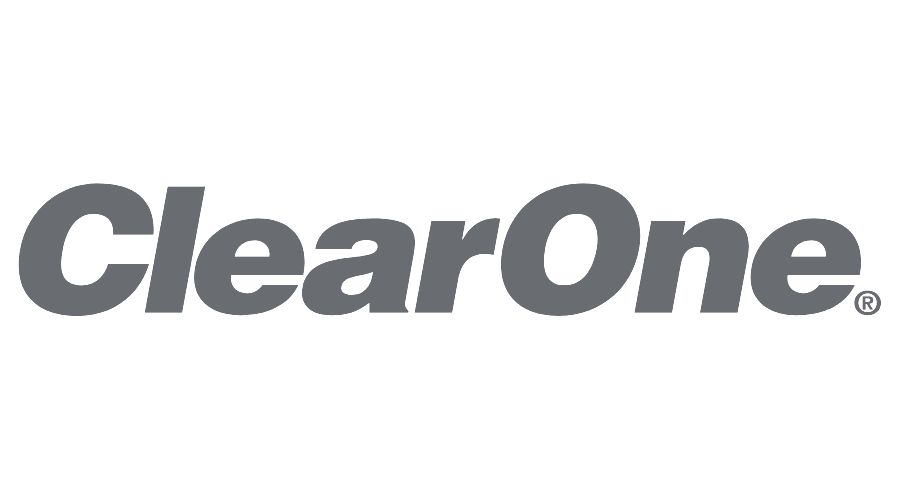Audio that is professionally designed and setup so you sound your best
It is often said that you can get by with poor video or even complex operation, but you can’t overcome the issues caused by bad audio, If audio is not intelligible it can ruin any presentation, conference call, or meeting as well as create an embarrassing situation with a customer or partner. In most AV systems these days, the audio system is powered by a programmable digital signal processor otherwise known as an audio DSP.
Audio DSPs are software driven devices that are considered “programmable”; however, the skill set required is more of a AV system designer or audio engineer rather than that of a programmer. It is critical that the person responsible for “programming” the audio DSP has experience in audio as well as the knowledge of how to work with the brand of equipment that is specified in a project.
Most audio DSP equipment can be categorized in two flavors: open architecture and closed architecture. Open architecture means that there is no pre-defined structured design in the audio system. For open architecture devices, programming of the audio DSP starts with a blank canvas providing ultimate flexibility in the design of the audio processing. These systems require more in-depth knowledge of audio and experience with defining audio systems. Some examples manufacturers that have open architecture products are Biamp, Symetrix, and BSS.
It is critical that the person responsible for "programming" the audio DSP has experience in audio as well as the knowledge of how to work with the brand of equipment that is specified in a project
Closed architecture systems are less flexible, but easier to design due to the fact that there are static components within the audio system that are always present and pre-setup. These systems are easier to program, have less variables, and can be handled with a less experienced audio designer. Some examples of manufacturers that have a closed architecture are ClearOne, Polycom, Crestron, and Extron.
An audio system design takes into account variables that impact the hardware selection as well as the software setup. Factors and needs such as the following define the audio DSP programming.
- Number of microphones and speakers
- Microphone and speaker placement
- Types of microphones and speakers
- Meeting applications – presentation, audio conference, video conference, speech reinforcement, room combining, etc.
- Approximate number of meeting participants
- Room design and acoustics
- Anticipated user controls
In addition to programming the audio DSP to operate per the system requirements, comprehensive setup and field-testing is used to calibrate the audio levels and provide optimal performance.
It is important to seek a specialized resource for your audio DSP who is both experienced in system design and audio as well as qualified to work with the product specified. The idea that any field tech or programmer can provide audio DSP programming is not a good solution.
Like control programming, be sure to know who you can trust to ensure your audio system will perform effectively and efficiently. Don’t put your meeting, presentation, or conference call at risk with an unproven field technician or programmer who is trying to figure out how to program the audio DSP on the fly. Instead, enlist the skills of a specialized audio DSP professional.
Our audio DSP programming services are geared to both open and closed architecture devices. In addition to programming, we ensure the audio DSP system is set up for optimum audio and peak performance, as well as to meet industry best practices as outlined in our programming and commissioning PDF.
To learn more about how Control Concepts can aid you with Audio DSP Programming services, contact us today to speak with our team.








